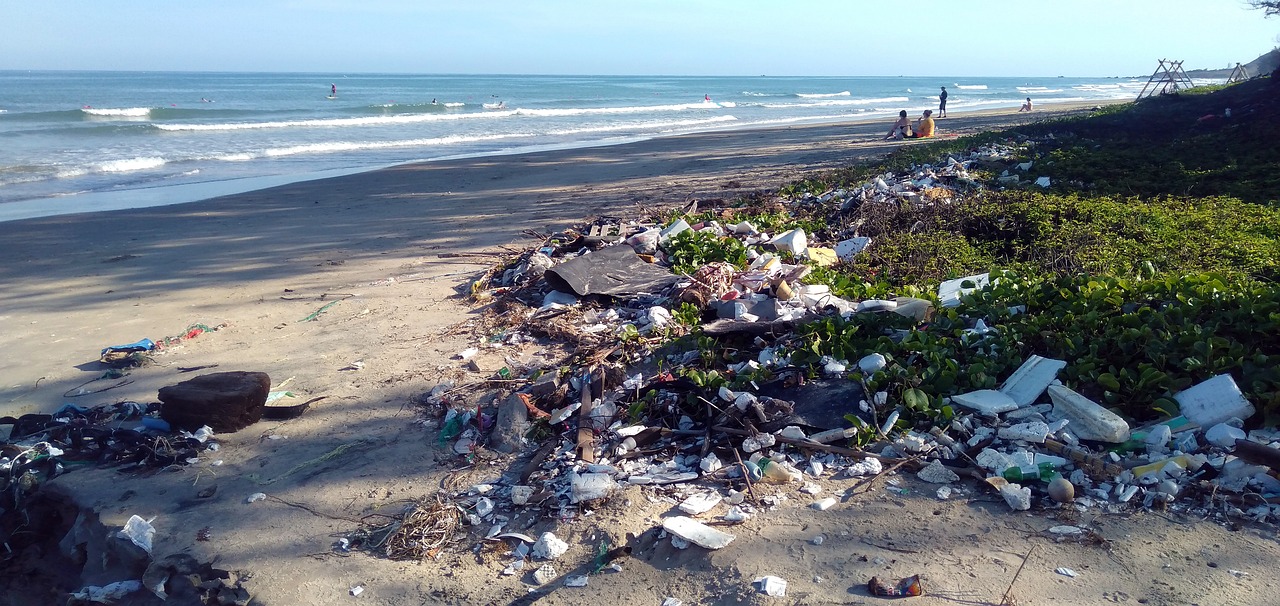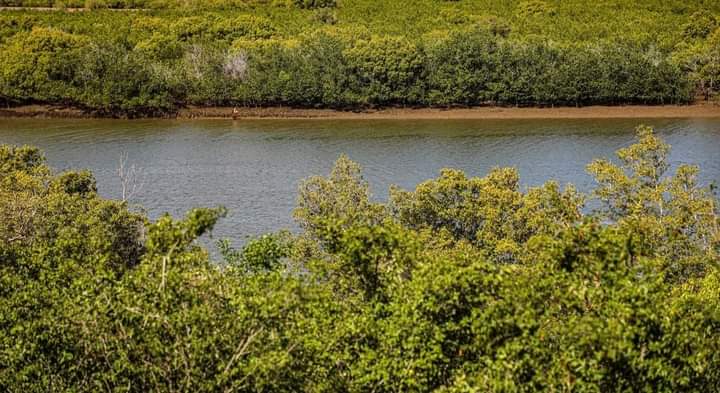“We will not recycle our way out of the Plastic Pollution Crisis: We need a systematic transformation to achieve a transition to a circular economy.” These were the words of UNEP Executive Director, Inger Andersen during the launch of the Turning off the Tap report on 16th May 2023.
World Environment Day is commemorated on the 5th of June every year, with its first-ever celebration in the year 1974.
The purpose of this day by the day as visioned by the United Nations General Assembly was to bring forth attention to the kinds of environmental challenges that not only risk human lives but also adversely affect other components of the ecosystem.
Each year has a different but somehow related theme depending on the environmental problems that need urgent attention. For instance, last year’s (2022) theme was ‘’Only One Earth” which targeted the initiatives taken globally to restore the ecosystem. On the other hand, this year’s theme is “Solutions to Plastic Pollution” which focuses on finding a sustainable solution to reducing plastic pollution.
The above themes are different and still related in the sense that they are all geared towards Ecosystem restoration.
In a bid to understand today’s theme, we will begin by defining what Plastic pollution is. Plastic pollution is the accumulation in the environment of synthetic plastic products causing problems for humans, wildlife and their habitat.
According to the United Nations Environment Program (UNEP), plastic pollution is a global problem and for a period between 1950 to 2017, approximately 7 Billion out of the 9.2 Billion tons of produced plastic became waste. This waste would later end up in landfills or even dumped.
Surprised at the figures? Well, that’s just the beginning because more shockers are coming your way.
What are the effects of plastic waste on the environment?
The effects of plastic pollution are both direct and indirect. They can alter habitats and natural processes, negatively affecting the ecosystem’s ability to adapt to climate change. This in turn affects billions of people’s livelihoods, food production capability and social well-being.
How does plastic exactly affect the environment?
I will explain that in the proceeding paragraphs.

Plastic Pollution on Marine Bodies.
Marine bodies include rivers, lakes, oceans, and every living organism around them.
Out of the billion tons of plastic waste produced, 8 million tons find their way to the aquatic environment e.g. lakes and oceans. Lakes and oceans act as a sink while rivers act like conveyer belts aiding the movements of these pollutants downstream into the large water bodies (sinks).
Once they are caught up in the sea waves, they move all over the world. While on water, these plastics can reach the point of breaking down into smaller pieces after they are subjected to sunlight, waves and winds which act on them.
Breaking down is not the issue, and here is the catch; the broken-down plastics are so tiny and can be called microplastics. These microplastics are ingested by marine organisms like fish, killing them (organisms) with time. The end game is the loss of biodiversity and an altered food chain.
Although plastics do break down, it is estimated that they take around 400 years to do so, which is a quite long period because plastics contain additives which make them stronger, more flexible and to some extent, durable. This characteristic of plastics risks the lives of aquatic organisms as they succumb to starvation or entanglements.
Humans too are never safe from the wrath of plastics pollution on the sea. When broken down into microplastics, they go up the water pipes and unknowingly end up in our water tanks and dispensers and that’s how we end up with plastics in our organs and blood system.
Plastic pollution on terrestrial (Land) organisms.
Plastics pose harm to animals whenever they (animals) come into contact with them. Cattle feed on plastic every and end up dying due to digestive organ blockage or constipation, in the end, we as humans lose cattle and assets, especially in pastoralist or nomadic communities.

Aesthetically, with plastics everywhere, the land loses its beauty. Not to forget, birds too, suffer from our negligence because just like the sea animals, they may suffer plastic entanglements which may hinder their movements in search for food and habitat.
Solutions to Plastic Pollution
In conclusion, I’d like to remind us of last year’s theme that asserted that we have one earth and there is no other earth for us, it’s upon us to take good care of it and to do so, we must start by finding solutions to plastic pollution.
The solutions to plastic pollution are so many. Some have instant and big impact while some solutions do need more time to be left. All in all, these solutions can help reduce plastic pollution by a bigger percentage, they include:
- Advocate for the adoption of reusable products– Reusable products minimize dumping and, in the end, the number of plastic waste drastically goes down.
- Usage of Alternative products to plastics, i.e., woven carrier bags
- Recycling of plastic products
- Governments to come up with stringent laws and policies on plastic usage and littering. In the same breath, political goodwill should be considered to ensure that such laws are implemented.
- Civic education on Environment Conservation
The list is endless and we may not be able to exhaust all of it.
References:
https://www.unep.org/plastic-pollution
https://www.nationalgeographic.com/environment/article/plastic-pollution
Related topics:
https://ecofriendmagazine.com/water-pollution-and-ecosystem/
https://ecofriendmagazine.com/global-environmental-challenges/




